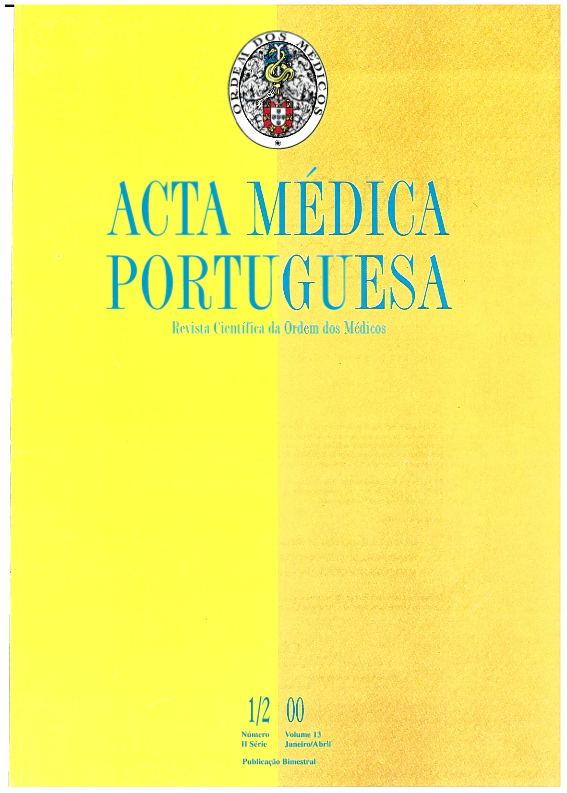Menisci and posture.
DOI:
https://doi.org/10.20344/amp.1765Abstract
The first aim of this work is not only to review the localised perspective of meniscopathy, concerned with the consequences of meniscectomy, but to also view it in a broader dimension, in the behavioural aspect--related to postural activity. The second aim is to establish the relationship between these two dimensions. Meniscopathies invariably lead to degenerative alterations of the knee joint--not sufficiently explained by the local factors--that result in a situation of osteoarthritis. Some investigators established that the osteoarthritis process should not be confined only to the mechanical responsibility, due to some studies that also confirm the existence of biochemical alterations. However, others have also shown that the nervous system (NS) is likely to influence the inflammatory manifestations through the unmyelinated afferent fibers and sympathetic efferent fibers of the joints. These fibers can interact with non-neural elements, releasing some mediators, such as P substance (PS) and norepinephrine (NE), which, by themselves, or through other substances, contribute to the exacerbation of the inflammatory process. In order to relate the facts above, this longitudinal study comprised the following approaches clinical: anthropometric; biotechnical; and posturographic. It was characterised by five moments of data collection, the periodicity of which is related to the time of the surgery: the first moment is before surgery, followed by the remaining four, at six-week intervals, the sample being composed of--15 male caucasians, aged between 20 and 30 years, working for the Air Force. These Subjects were divided into two groups, according to the amount of meniscus removed in the longitudinal direction. Group A--meniscectomy < 1/2 the longitudinal body, composed of 7 subjects, with an average age of 21.4 years; and Group B, meniscectomy > 1/2 the longitudinal body, composed of: 8 subjects, with an average age of 24.1 years. The statistical analysis contained a descriptive approach that was comprised of--the average, the standard deviation and the limits of variation or variation range--and an inferential approach--ANOVA-One Way. The error probability chosen was p < or = 0.05. The tendency to recover was shown from the 3rd moment onwards (12th week), muscular involution also being implied by an involution of orthostatic postural activity, which confirms the interdependence between muscular tonicity and postural activity. In what concerns metabolic alterations, there was no parallel evolution with the other variables since, when the signs of recovery of the latter were verified, the osteo-cartilaginous manifestations of destruction and reconstruction are more emphasised. On the other hand, the manifestations of postural activity reach their highest values before the manifestations protagonized by biochemical substances related to osteo-articular alterations. The accuracy of the posturographic tests for the diagnosis of deficiencies in what concerns of motor activity was shown, such as the inversion of the dislocation amplitudes on the YY' axis in relation to the XX', visible when the performance of the injured limb is evident, which leads us to admit that this fact is a consequence of meniscal pathology.Downloads
Downloads
How to Cite
Issue
Section
License
All the articles published in the AMP are open access and comply with the requirements of funding agencies or academic institutions. The AMP is governed by the terms of the Creative Commons ‘Attribution – Non-Commercial Use - (CC-BY-NC)’ license, regarding the use by third parties.
It is the author’s responsibility to obtain approval for the reproduction of figures, tables, etc. from other publications.
Upon acceptance of an article for publication, the authors will be asked to complete the ICMJE “Copyright Liability and Copyright Sharing Statement “(http://www.actamedicaportuguesa.com/info/AMP-NormasPublicacao.pdf) and the “Declaration of Potential Conflicts of Interest” (http:// www.icmje.org/conflicts-of-interest). An e-mail will be sent to the corresponding author to acknowledge receipt of the manuscript.
After publication, the authors are authorised to make their articles available in repositories of their institutions of origin, as long as they always mention where they were published and according to the Creative Commons license.









